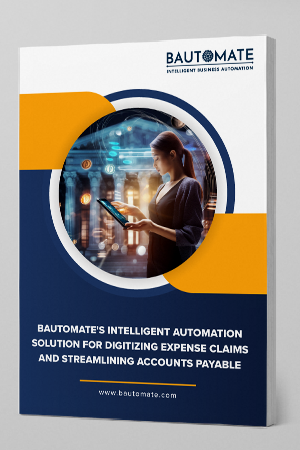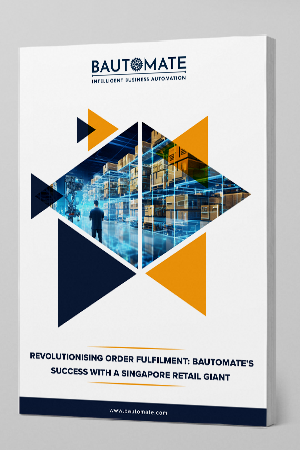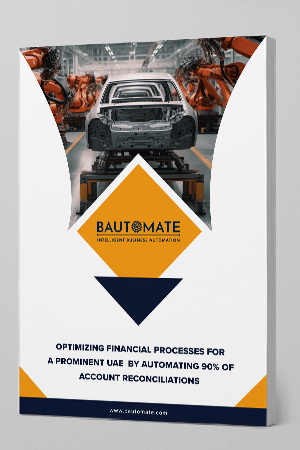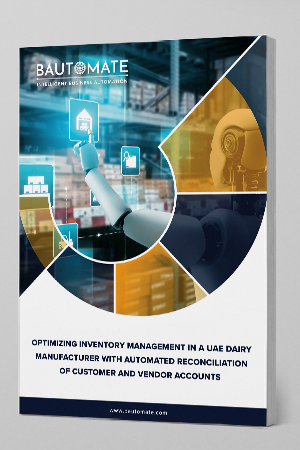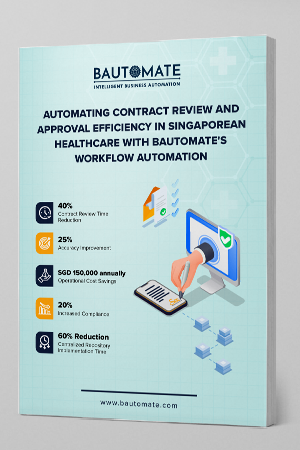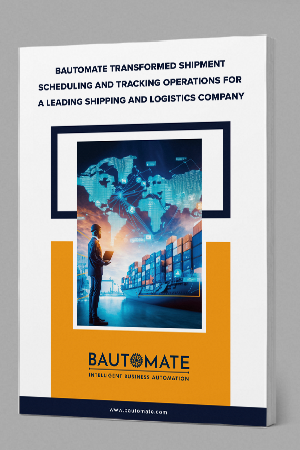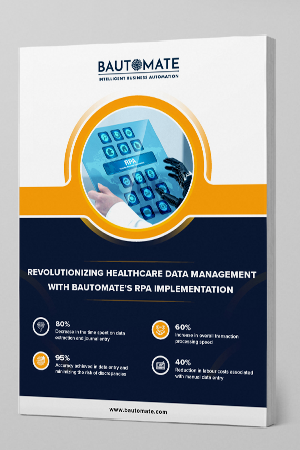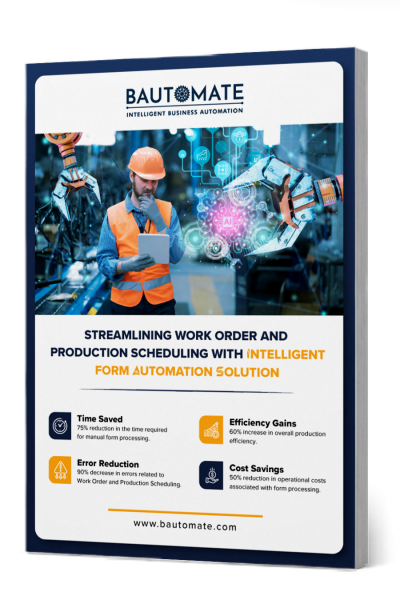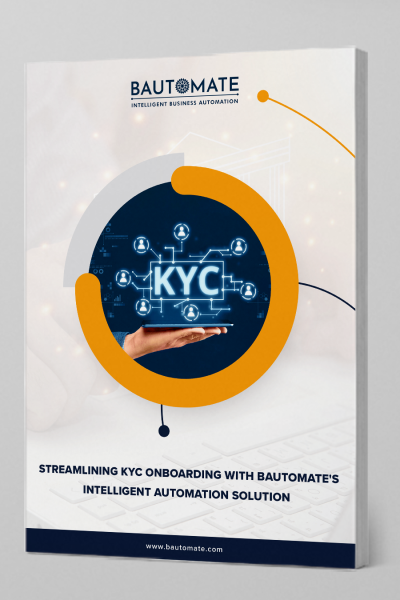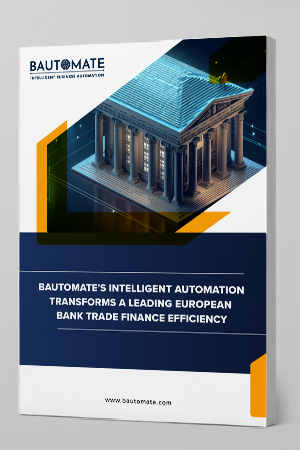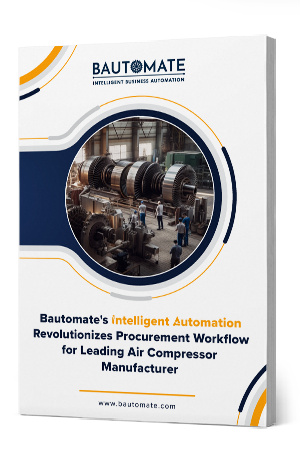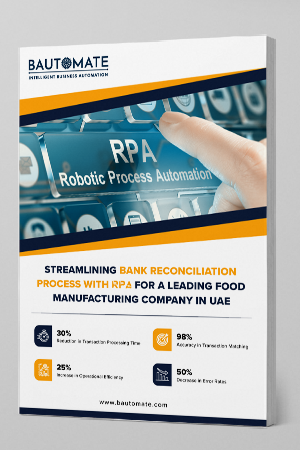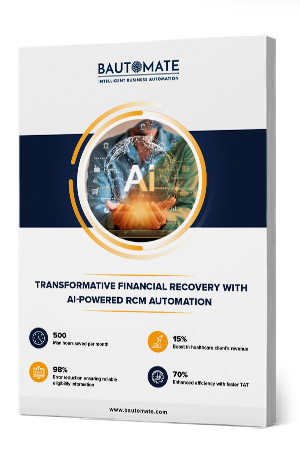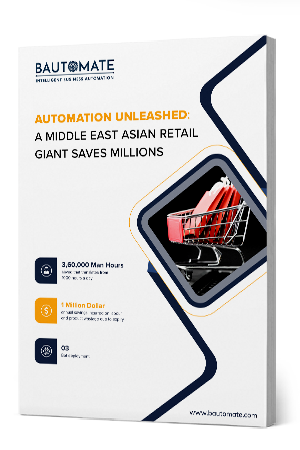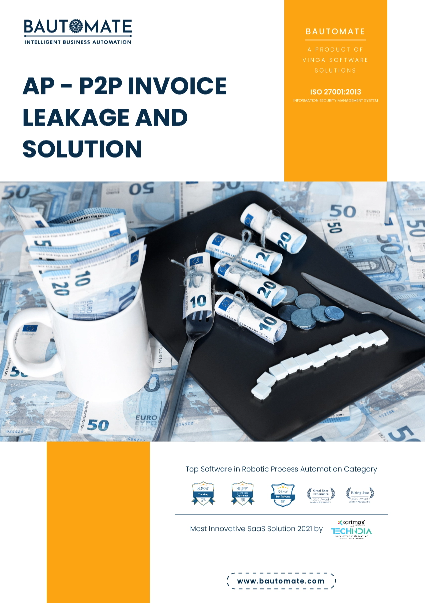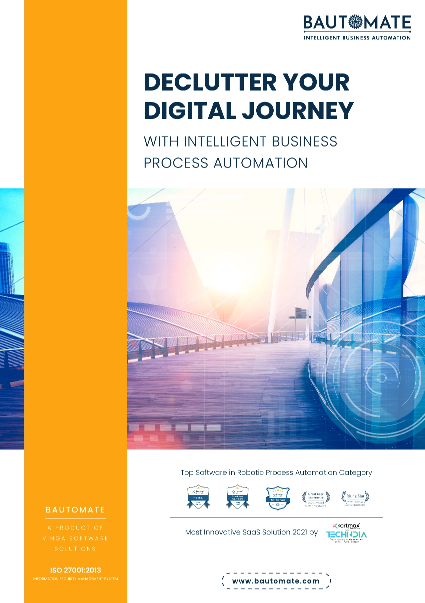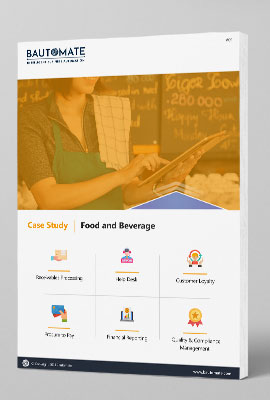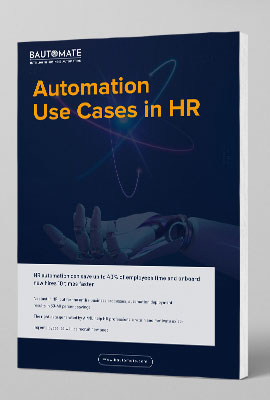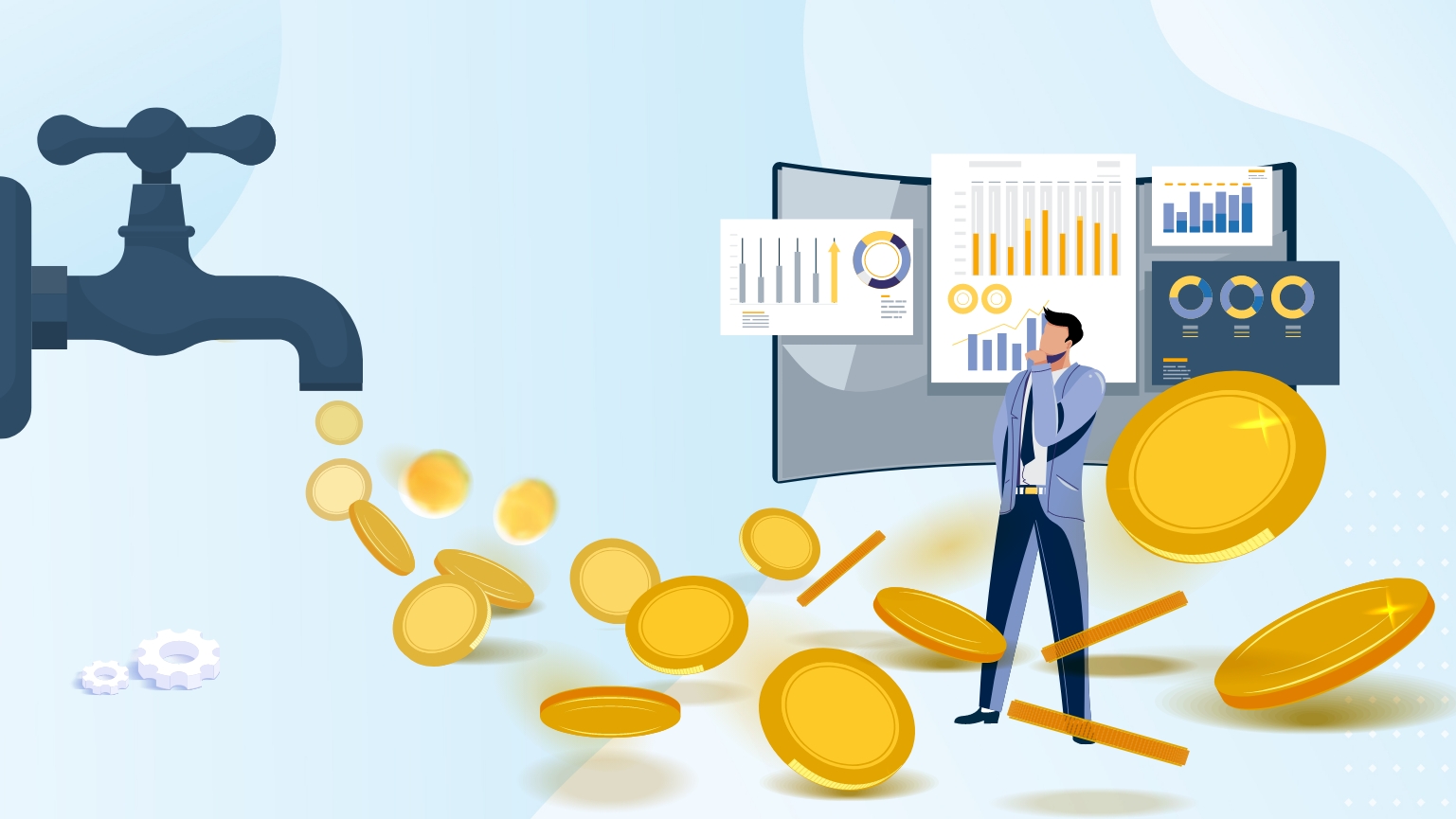
Identifying existing and potential revenue loss that can translate into a long-term loss is crucial for businesses of all scales and sizes. Revenue leakage is a common and pervasive concern among business organizations that remains unnoticed till its impact is destructive.
Many times businesses don’t even realize the presence of invoice leakages, making the scenario much worse than anticipated, resulting in loss of working capital, profits, and a long-term impact on the revenue-generation process.
According to an EY report, every business organization experiences dripping revenue anywhere from 1% to 5% of the realized Ebita.
Lack of data visibility and complex processes can be termed as a prominent scenario for creating a strong background for revenue leakage.
It is, therefore, crucial to understand the primary cause of revenue leakage and find an architectural solution to meet the requirements. It would help to initiate curbs on revenue leakage, leading to enhanced revenue, and adopt an optimized approach for long-term revenue gains.
What is Revenue Leakage?
Revenue leakage refers to the loss of revenue for a business that could result from any number of operational inefficiencies. Each business is different, and so are the causes of revenue leakages.
Causes of Revenue Leakages
Revenue leakages are a common phenomenon across different verticals and industries, having multiple inspection checks on board. There are financial teams, audit teams, and ERP software to ensure adequate control over the financial aspects of the business. Despite that companies experience revenue leakages and there could be N number of reasons behind it.
1. Inadequate Communication Between Different Departments
It is a major concern for businesses that can result in revenue leakages. Every organization must have effective communication channels that can streamline business processes. Any bottleneck must be reported and resolved ASAP for better results.
2. Inaccurate Pricing
Another concern for businesses is inaccurate pricing due to poor data management. A product offered at an introductory price even after the initial period is over can lead to revenue leakages.
3. Problems in Inventory Management
Improper inventory management can also result in revenue loss. Overstocking and understocking can prove challenging for businesses to maintain working capital flow and in the long run, can hamper revenue growth as well.
4. Inaccuracies in Reconciliation
If data is not reconciled properly, it can lead to anomalies resulting in loss of revenue.
5. Inaccurate Account Status
If a customer’s account is verified, services have been rendered or not and the system doesn’t update the status, it can also become a cause of revenue leakages. For example, if you have a large customer base, and you need to send invoices to each of them with adequate tracking. If any invoice is missed, it can result in revenue leakage.
6. Inappropriate Recording of Customer Life Cycle Process
Customer life cycle management is crucial to record every touch point for service regarding product or information, involving cost and time. Failure to record each touch point can result in revenue leakages.
7. Missing Invoices
A common scenario for every business organization with a manual operational system is missing invoices. When this event is repeated on a continuous basis, it can enhance the magnitude of loss.
8. Manual Data Entry
Many organizations still work without automating their business processes, resulting in manual errors, discrepancies, and anomalies. Therefore, the risk of revenue leakage is heightened as a single error can result in pipeline leakages.
9. High Cost of Acquisition Per Customer
It is commonly observed that businesses spend time and money on acquiring a handful of new customers by draining their existing marketing resources, without resorting to calculating the cost of acquisition. Thoughtful consideration of the cost factors involved in new customer acquisition is necessary to curtail revenue leakages.
10. No Adequate Tracking of Business Process
Each business process involving granular tasks needs to be tracked to assure that the client is billed properly and no tasks remain unchecked for billing purposes.
How to Prevent Revenue Leakages?
Any business organization of any scale needs to keep a restraint on invoice leakages and try to prevent invoice leakage probabilities. It can be achieved only through following certain business practices.
1. Opt for Automation:
Automating key business processes can help businesses to stop revenue leakages and future-proof the whole business. Having the unified data available on the cloud via automation software with authorized access to team members can bring better data visibility and fewer chances of revenue leakage.
2. Validating Data:
Any inaccuracy in data can result in massive loss to businesses with revenue leakage. Therefore, validating data at various checkpoints and flagging authorized personnel if any discrepancy is found is the best way to curb revenue leakage.
3. Data Analytics:
Having real-time insights into data can bring up insights that can help management to understand the current status of cash flow and working capital management more effectively.
4. Focus on Improving Customer Experience:
Planning every additional activity in the customer life cycle can be tracked effectively via automation. It not only adds to customer satisfaction but brings out detailed insights on every task performed in the process, resources, cost, and time involved. It helps to eliminate unnecessary revenue leakages.
5. Maintaining Transparency:
Any business can thrive only if it maintains transparency within and outside the organization. Maintaining visibility for clients is crucial to help them understand overall business activities performed for providing goods or services, billing cycle, deadlines for payments, early payment discount facilities, and late payment fines. All this translates into having a strong client relationship with an open communication channel that acts as a barrier against revenue leakages.
6. Audit for Revenue Leakages:
Companies must proactively look into the auditing process of each business process that is most vulnerable to revenue leakage. It would help in having strict control over all possibilities of revenue leakages.
7. Billing Agility:
Having an AI-enabled automation solution can prove beneficial for maintaining an agile billing system. It helps businesses to add new products to the catalog without making any significant changes in the existing billing system, resulting in exercising control over revenue leakage.
Conclusion
Automating business processes can be a solution for closing the pipeline of revenue drip. Automation is crucial but there is a need for a human-in-loop to keep a thorough check on automated workflows, analysis, tracking, identification of loopholes, and initiating prompt actions. Adapting to Bautomate’s AI, ML-enabled automation solutions can simplify business processes, bring more clarity to data, and help in fixing all leakage points.




